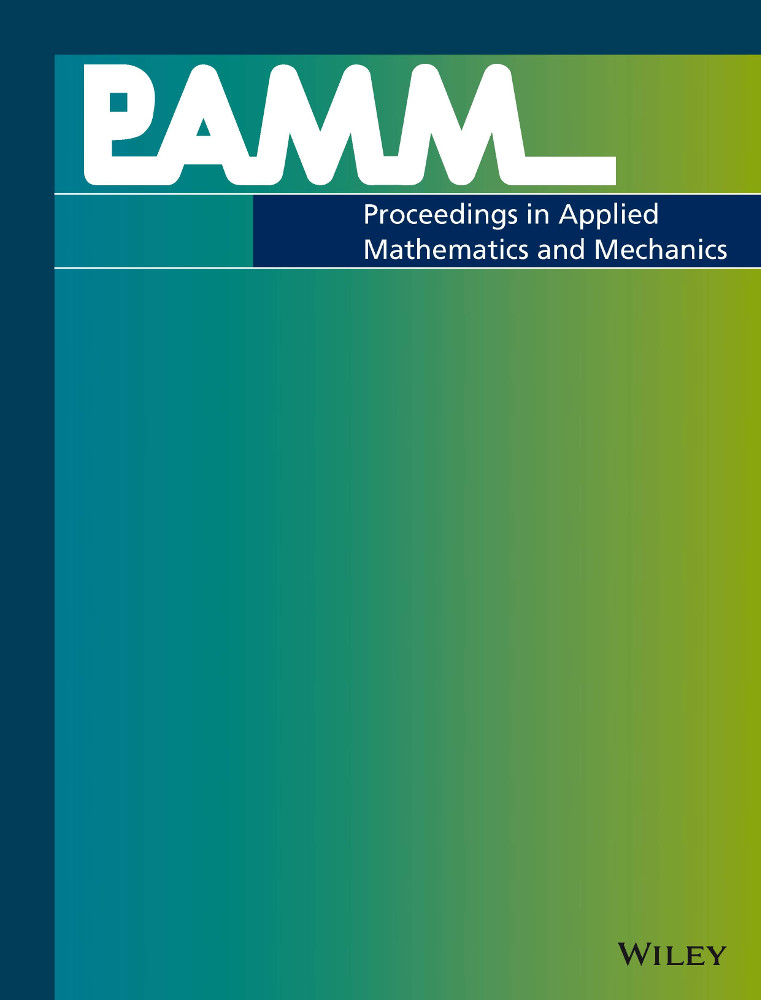Challenges in two-scale computational homogenization of mechanical metamaterials
Abstract
Thanks to the advancement of additive manufacturing technologies, mechanical metamaterials have attracted a great deal of attention in recent years. With the employment of such technologies, materials with exceptional or tailored mechanical properties can be easily manufactured mainly by 3D printing of different microstructures rather than by changing the material composition. These lattice materials can provide remarkable material properties in spite of being significantly lighter than typical bulk materials. Due to the large number of degrees of freedom for engineering structures, single-scale numerical simulation of such cellular materials is computationally demanding. Therefore, two-scale computational homogenization approaches, such as FE2 and FE-FFT, can perform a key role in the cost-effective numerical modeling of metamaterials. Two-scale computational homogenization methods rely on solving a boundary value problem (BVP) for each of the macroscopic and microscopic scales in a nested procedure. Although representative homogenization techniques have been widely used to study materials with heterogeneous microstructures, there still exist some challenges in their employment for lattice materials. This study addresses main challenges in two-scale-based computational homogenization methods for numerical modeling of mechanical metamaterials. High dependence of convergence rate and accuracy on phase contrast for fast Fourier transform (FFT) solvers and comparable macro and micro characteristic lengths in metamaterials (i.e. the applicability of the principle of scale separation) are some examples of such challenges.
Acknowledgments
This project received funding from the European Union's Horizon 2020 research and innovation programme under the Marie Skłodowska-Curie grant agreement No 956401. Open access funding enabled and organized by Projekt DEAL.




